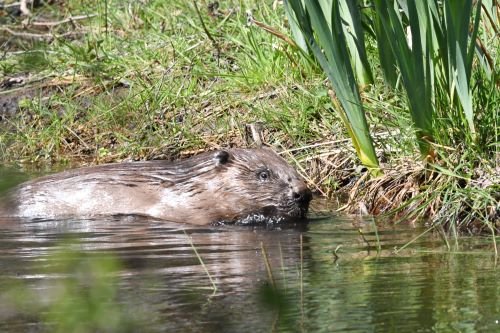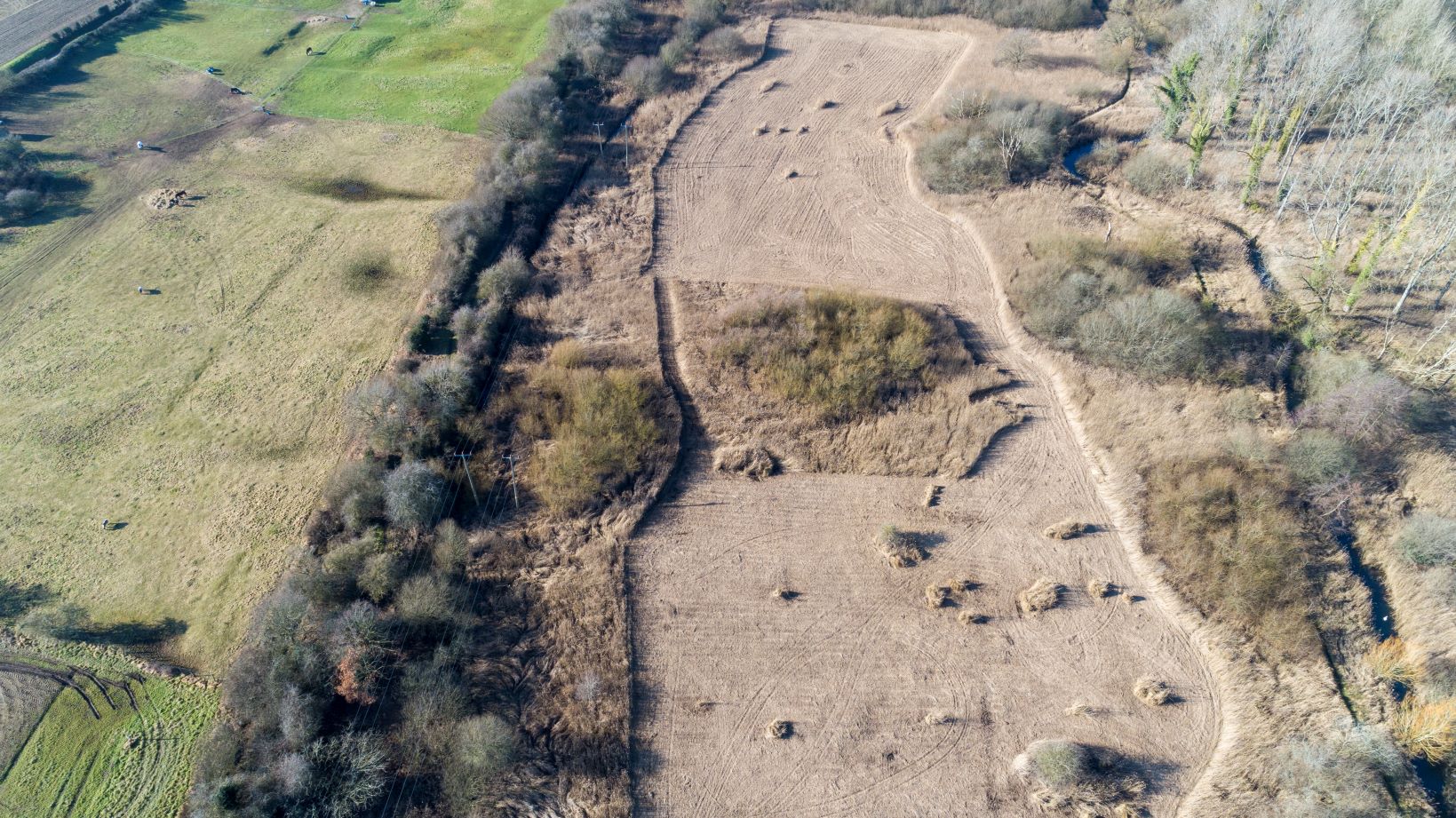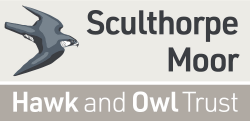Sculthorpe Moor Nature Reserve
In September 2019, after a successful application to the Green Recovery Challenge Fund, the Trust secured a grant.
The project was in two stages, based at the Sculthorpe Moor Nature Reserve – Norfolk.
- Creation and reintroduction of Beaver area
- The diversion of flood water from the Wensum to Hempton Moor, south of the Reserve, and enhancing its wetland habitat (reedbed & ponds).

Visitors to the reserve who have witnessed the beavers firsthand appreciate their contribution to the local ecosystem. The Hawk and Owl Trusts’ main direction is the conservation of wild birds of prey (raptors) and their habitat.
In Nature, each and every living thing is important, and the fine connections that exist between all organisms are what help maintain balance. A food chain is a group of living things where each member is eaten by another member. Plants and animals in a community are linked by what they eat or what gives them energy.
The food chain is what keeps an ecosystem in balance. All living things depend upon each other. As predators, birds of prey have their own role to play in this equilibrium.
Raptors are at the top of the food chain and play a key role in their ecosystems. When populations of birds of prey go down, then the numbers of their prey species go up, creating an imbalance in the ecosystem. Therefore, the creation of the enclosure and woodland has led to an increase in the number of raptors on site and initial signs show an increase in biodiversity.
Whilst there are elements that have not been delivered there is a significant proportion that successfully has.

Why use beavers?
They have a preference for tree species with soft wood such as willow, birch, alder, aspen, ash, poplar and hazel but what they will eat is relative to what is available.
Foraging by beavers brings a range of biodiversity benefits. Selective feeding and tree felling opens up woodland canopy, allowing more light to reach the ground, enabling the regeneration of understorey vegetation, increasing the diversity of plant, lichen and bryophyte species, and improves feeding opportunities for insectivorous birds and bats.

Opening up of the canopy also results in increased light hitting water-bodies which has been shown to increase breeding in amphibians and can raise the water temperature leading to an increase in the number of aquatic invertebrates but increased temperatures may favour non-salmonid species which have a greater tolerance for lower oxygen levels in the water.
The increase in standing and felled deadwood on land and in water from beaver foraging has also been shown to provide valuable habitat for fungi, invertebrates and beetles which act as a food source for many species of amphibians, birds and fish. Deadwood both on land and in water provides shelter for many species from their predators, along with breeding sites. Finally deadwood in water increases scour resulting in more dynamic and naturalisation of river systems.



